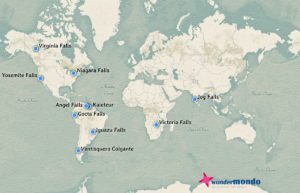World 🢖 South America 🢖 Chile
Waterfalls 🢔 Geological wonders 🢔 Categories of wonders
Wonder
Ventisquero Colgante Falls

 In short
In short
Some of the most impressive falls in South America are the comparatively little known Ventisquero Colgante Falls. Falls start from the base of Ventisquero Colgante – the Hanging Glacier and fall down from a hanging valley, shaped by this same glacier. The blue wall of this ancient glacier is towering high above the waterfall, but a few hundred meters from the ice is growing lush rainforest. Unbelievable!
 50.8%
50.8%
GPS coordinates
Location, address
Name in Spanish
Height
Tallest single drop
Width
Average annual flow
Stream
Map of the site
If you see this after your page is loaded completely, leafletJS files are missing.
 In detail
In detail
Late discovery
Ventisquero Colgante glacier was discovered only in 1875, during the hydrographical research led by Captain Enrique Simpson Baeza. Captain reported that the snow of the glacier is just 100 m from the bank of the channel. It is not entirely clear whether he saw the waterfall and whether this waterfall was visible at all – but it is clear that the glacier has retreated since then and now the ice is 8 km from the edge of the channel.
Queulat National Park
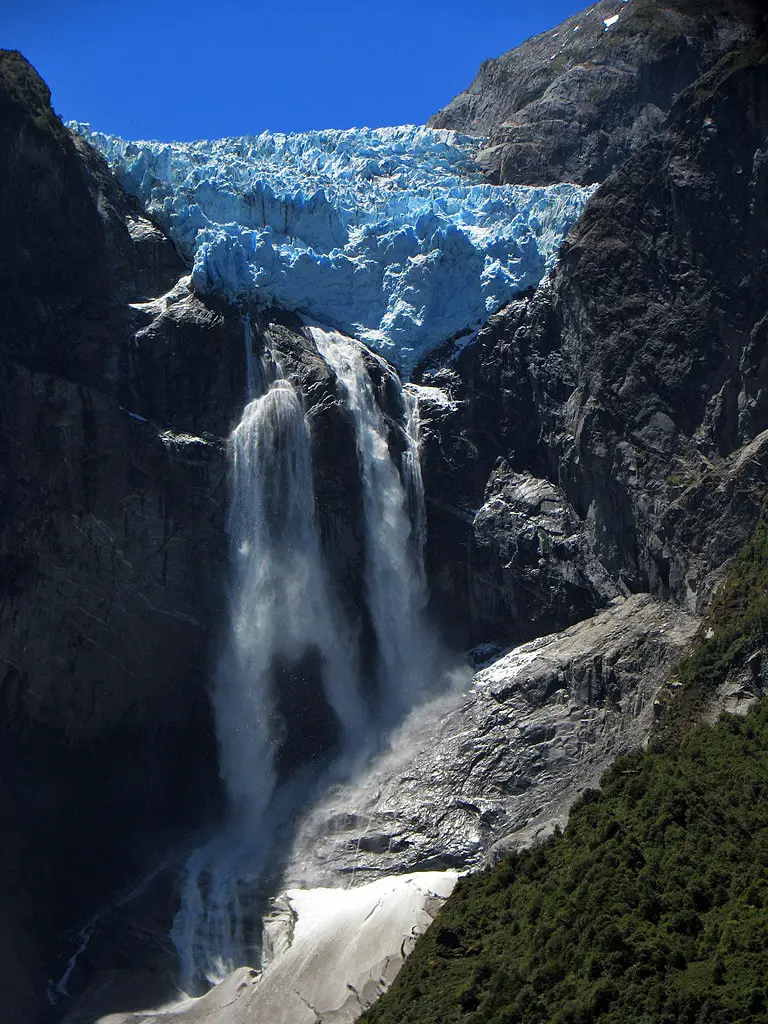
The native Chono people (now extinct) named this area "Queolat" – "the sound of waterfalls". This is a land of rare beauty, with deep fiords, rainforest and glaciers. The area indeed has numerous waterfalls – most of them seasonal.
In 1982 this area was reached by one the most beautiful roads in the world – Carretera Austral. Soon – on October 13, 1983 – here was established Queulat National Park (154 093 ha).
This huge natural area remains pristine up to this day. Many interesting tourist paths have been built here but many parts of the national park remain unexplored.
Waterfall
The hanging valley of Ventisquero Colgante has been shaped by ice. As the climate became warmer, this 50,000 years old glacier retreated and a cliff wall of incredible proportions opened.
The ablation process is ongoing and a powerful stream of meltwater flows from the base of the glacier and immediately falls down from the giant wall.
The number and location of falls change according to the weather conditions and the position of glaciers. Sometimes there is seen one lower fall, sometimes two mighty streams – one taller and a lower one. There are times when only the taller waterfall flows. There are several more, even taller seasonal falls nearby.
Additional effect is created by the frequent crash of ice. The quake of the soil is felt some kilometers far.
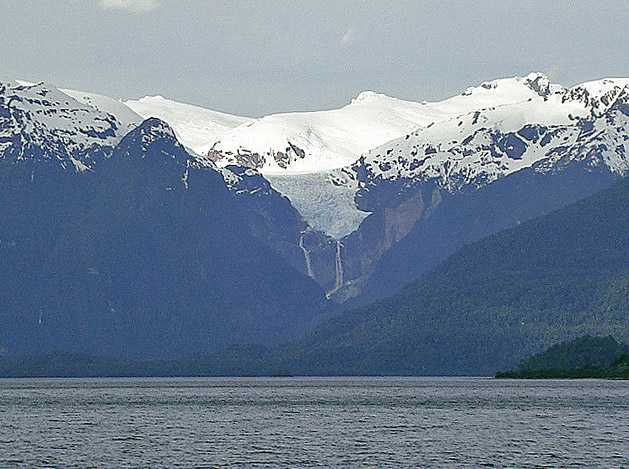
Ventisquero Colgante Falls are flowing throughout the year. In summer the sight becomes more impressive – there is more water and less ice at the base of falls.
At the lower part of falls has formed a cone of ice and talus. In winter it becomes higher, covering up to half of the falls, in summer it melts down. The stream disappears under this cone for a short distance.
As the stream (Rio Ventisquero) leaves this underground section, it forms a small lake – Laguna Témpanos – and then after some 6 km enters the Canal de Puyuhuapi.
Height of falls
The estimates of the height of these falls are very diverse, from 130 m (VisitChile.com) to more than 550 m (World Waterfall Database)
When looking at the seemingly slow fall of water in video, it becomes clear the these falls are very high, above 500 m.
References
- Ventisquero Colgante, Cascada de, World Waterfall Database. Accessed in 13.01.2019.
Ventisquero Colgante Falls are included in the following list:
 Linked articles
Linked articles
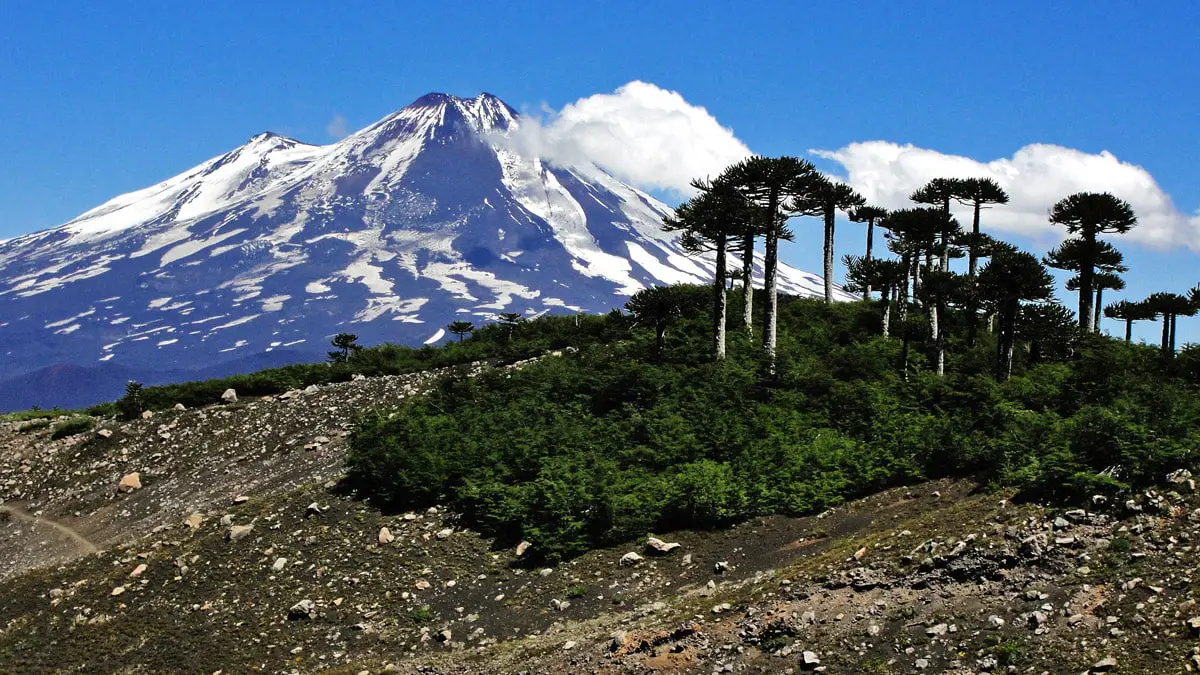
Wonders of Chile
The natural and man-made heritage of Chile is very diverse, also thanks due to the extreme length of the country extending from the driest deserts in the north to the most southern historical inhabited lands of the world in Patagonia. Highlights of Chile are magnificent views of Patagonian Andes and fjords, the volcanic landscape of Northern and Central Chile, and the driest desert of the world – the Atacama.
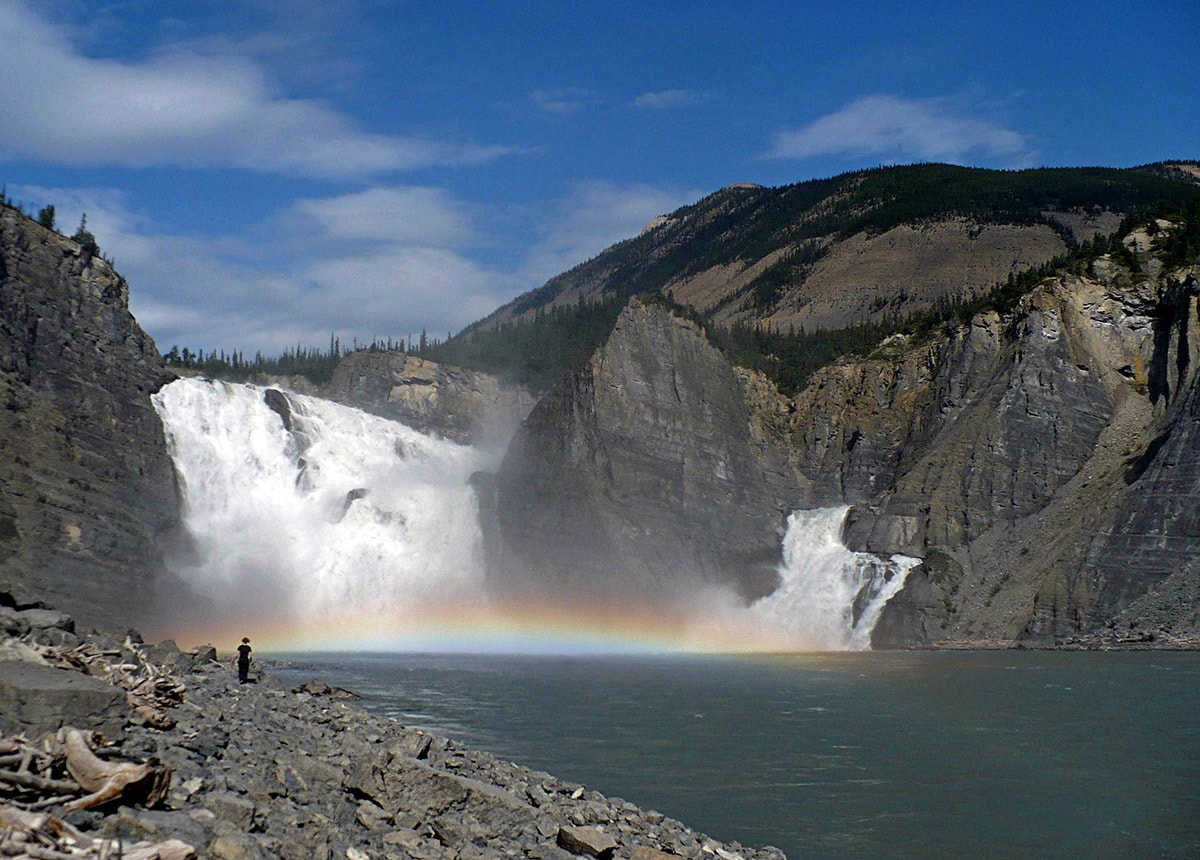
Waterfalls
Some of the most fascinating and awe-inspiring natural monuments are waterfalls or locations where a river abruptly changes its elevation.
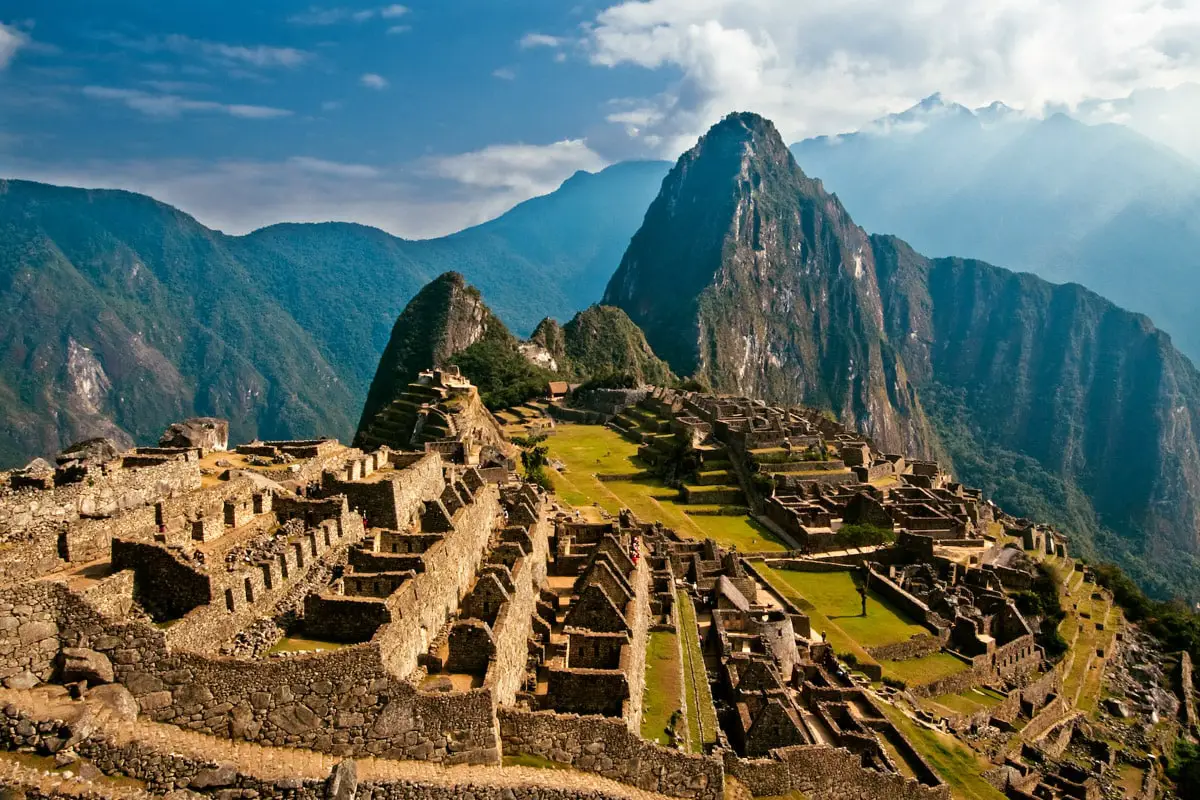
Wonders of South America
There is little doubt – South America is one of the most spectacular… maybe the most spectacular continent of the world.
There is located the second-highest mountain chain in the world, the largest rainforest, the tallest volcanoes, and the tallest and largest waterfalls. The highest biological diversity in the world is reached somewhere near the eastern ranges of the Andes in Ecuador, Peru, or Colombia.
 Recommended books
Recommended books
Enduring Patagonia
Patagonia is a strange and terrifying place, a vast tract of land shared by Argentina and Chile where the violent weather spawned over the southern Pacific charges through the Andes with gale-force winds, roaring clouds, and stinging snow. Squarely athwart the latitudes known to sailors as the roaring forties and furious fifties, Patagonia is a land trapped between angry torrents of sea and sky, a place that has fascinated explorers and writers for centuries.
Walking Patagonia
Like a conquistador drawn to gold, glory, and God, Caspian Ray has always felt a magnetic pull toward Latin America. He visits anytime he has the chance.
Of all the places that have captured his heart, Patagonia–a sparsely populated area shared by Argentina and Chile–has been the site of his defining adventure.

